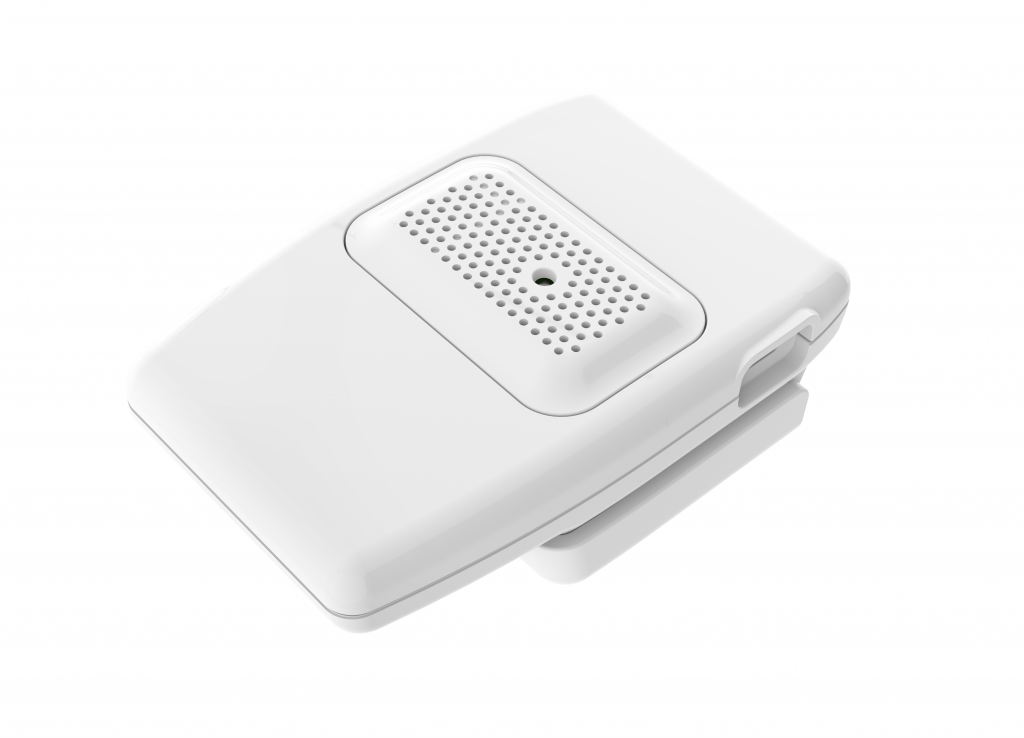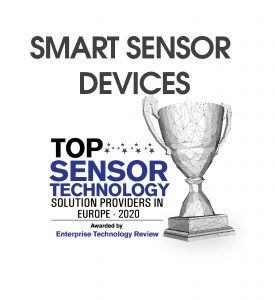Enhancing Air Quality Sensors with Data as a Service
March 13, 2020
It was the second week of January 2020. Cities across southern and eastern Europe were experiencing dangerously high levels of smog caused by a prolonged period of dry, sunny weather with light breeze. The smog level was eight times the safety limit defined by the EU. Those who dared to step out of their houses found the air to be thick with haze consisting of emissions from cars and power plants. In many places, the environmentalists warned that the air was unhealthy to breathe for those sensitive to poor air quality such as children, older adults, and people with heart diseases and respiratory ailments. Further, an “episode of alarm” was declared that weekend, and major European cities imposed temporary bans on diesel vehicles to reduce the pollution.
Unfortunately, this is not a stand‐alone incident. From the industrial era to modern-day, air pollution has long been the single most significant environmental health risk in Europe. However, the founder and CEO of Smart Sensor Devices, Axel Hammar, believes that a connected network of outdoor air quality sensors can help organisations address the issue of poor air quality and take proactive measures. These sensors can monitor air quality throughout a region to help reveal how pollution travels through an area and could help identify pollution ‘hot spots.’ With this understanding, Hammar laid the foundation of Smart Sensor Devices around offering IoTenabled air quality sensors.
Nonetheless, the service portfolio of Smart Sensor Devices does not end there; air quality sensors are just the tip of the iceberg. According to Hammar, his company’s next step up is using sensor data for timely predictions of any possible drop in air quality. However, as most of the organisations are not set up for these tasks, acquiring air quality sensor data and successfully implementing this idea takes a backseat. They need to pay heed to multiple factors like sensor accuracy, sensor maintenance issues, networking and communication links, data storage, and security. Therefore, Smart Services Devices has enhanced its offering with a new and innovative business model—Air Quality Data as A Service—covering all these requirements.
“Our service suite includes installation, calibration, and maintenance of sensor devices along with sensor data storage, backups, and delivery in one an easy and simple package,”

What makes Smart Sensor Devices a cut above the rest is its team of in-house experts that are wellversed in the crucial areasof an intelligent full-stack IoT sensor system and smart sensor network system.
What makes Smart Sensor Devices a cut above the rest is its team of in-house experts that are well-versed in the crucial areas of an intelligent full-stack IoT sensor system and smart sensor network system. This expertise, combined with the latest IoT solutions and superior client support system, can help Smart Sensor Devices’ clients in meeting their needs in a cost-efficient and timely manner. In addition to air quality sensors, Smart Sensor Devices has developed smart ‘Close Beacon’ that has a multitude of use cases, including contactless payments, the virtual point of sales, location-based promotion, targeted and profiled marketing, and many more. Apart from many similar pre-built sensors, Smart Sensor Devices can develop customised sensor products or services for its clients by leveraging its IoT platform. Hammar states, “Our platform helps us to reach out to new and potential customers that have different needs from what we are covering today, adapting fast and easy to new sensors that fit customer’s needs.
“For the next few months, we will focus on marketing, sales, and product deployment to keep up with the demand we are facing,”
Having already set itself apart with the innovative business model, Smart Sensor Devices is now gearing towards its next big product release that would support 5G and narrowbandIoT. The release is scheduled for the second quarter of 2020. Besides, the company also aims to expand to new markets. For the coming months, therefore, the company is poised to build local footprints in the regions where they are launching.
Facebook Twitter LinkedIn